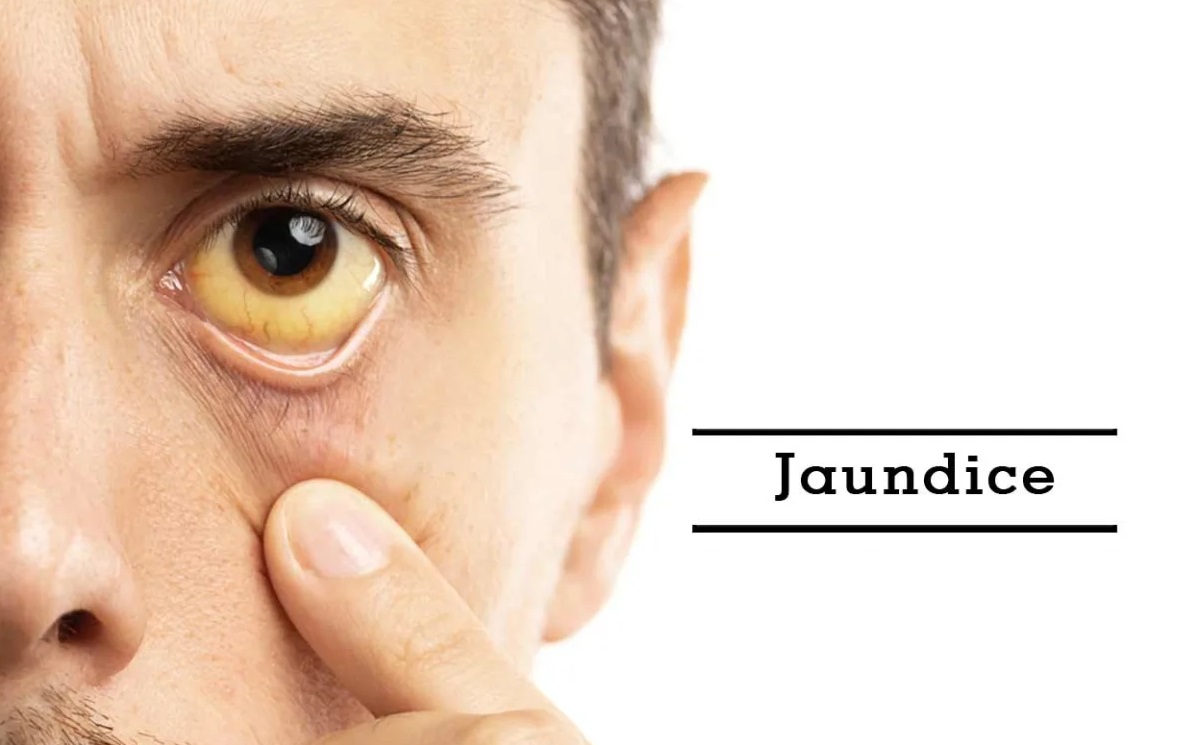Jaundice is a common condition that manifests as a yellowing of the skin and eyes due to an increase in bilirubin levels in the blood. While many associate jaundice primarily with newborns, it can affect individuals of all ages. As a specialist in jaundice treatment in Udaipur, Dr. Shraddha Sharma, aim to shed light on the various types of jaundice, their causes, and how they are managed.
Types of Jaundice
Jaundice can be broadly classified into three main types based on the underlying cause: pre-hepatic, hepatic, and post-hepatic jaundice. Each type involves different mechanisms and requires specific diagnostic and treatment approaches.
1. Pre-Hepatic Jaundice
Pre-hepatic jaundice, also known as hemolytic jaundice, occurs when there is an excessive breakdown of red blood cells (RBCs) before they reach the liver. This leads to an overproduction of bilirubin, which the liver cannot process efficiently.
Causes:
- Hemolytic anemia
- Sickle cell disease
- Thalassemia
- Malaria
Symptoms:
- Yellowing of the skin and eyes
- Fatigue
- Pale stools and dark urine
Treatment: The treatment for pre-hepatic jaundice focuses on addressing the underlying condition causing the excessive breakdown of RBCs. For example, treating malaria with appropriate antimalarial drugs or managing hemolytic anemia through medications and blood transfusions can help resolve jaundice symptoms.
2. Hepatic Jaundice
Hepatic jaundice, or hepatocellular jaundice, arises due to liver damage or dysfunction that hinders the liver’s ability to process and excrete bilirubin. This type of jaundice is commonly associated with liver diseases.
Causes:
- Hepatitis (viral, alcoholic, autoimmune)
- Cirrhosis
- Liver cancer
- Gilbert’s syndrome
Symptoms:
- Yellowing of the skin and eyes
- Abdominal pain
- Nausea and vomiting
- Weight loss
- Fatigue
Treatment: Managing hepatic jaundice involves treating the underlying liver condition. For instance, antiviral medications for viral hepatitis, lifestyle changes and medications for alcoholic hepatitis, and appropriate cancer treatments for liver cancer. Supportive care such as maintaining hydration and nutrition is also crucial.
3. Post-Hepatic Jaundice
Post-hepatic jaundice, also known as obstructive jaundice, occurs when there is an obstruction in the bile ducts that prevents bilirubin from being excreted into the intestines. This leads to a buildup of bilirubin in the liver and bloodstream.
Causes:
- Gallstones
- Tumors (e.g., pancreatic or bile duct cancer)
- Strictures or narrowing of bile ducts
- Pancreatitis
Symptoms:
- Yellowing of the skin and eyes
- Itching
- Dark urine
- Pale stools
- Abdominal pain
Treatment: Treatment for post-hepatic jaundice often involves surgical or non-surgical procedures to remove the obstruction. This can include endoscopic retrograde cholangiopancreatography (ERCP) to remove gallstones, surgery to remove tumors, or placing stents to open narrowed bile ducts.
Conclusion
Understanding the different types of jaundice helps in recognizing the symptoms and seeking appropriate treatment. As a dedicated specialist in jaundice treatment in Udaipur, I am committed to providing the best care and support to patients. If you suspect jaundice or need more information, feel free to reach out for a consultation.





Comments